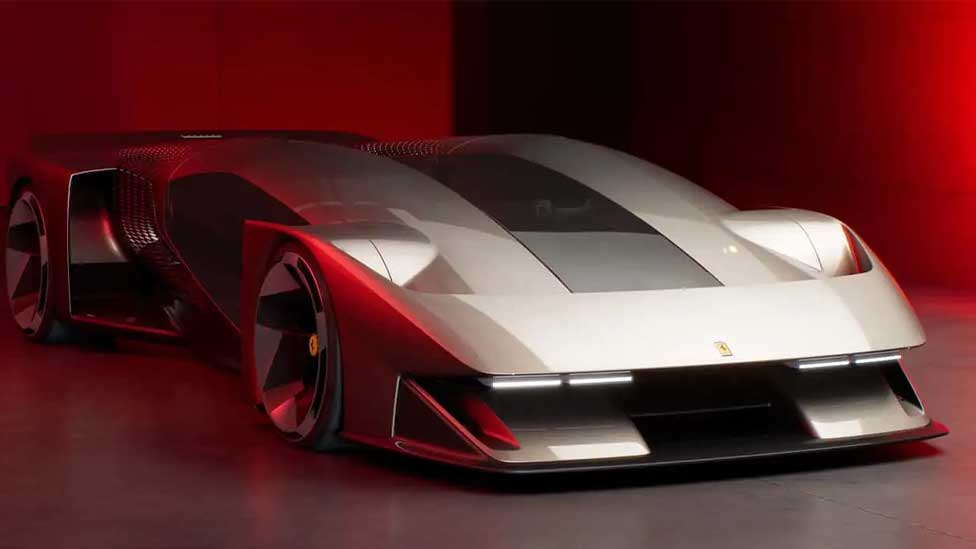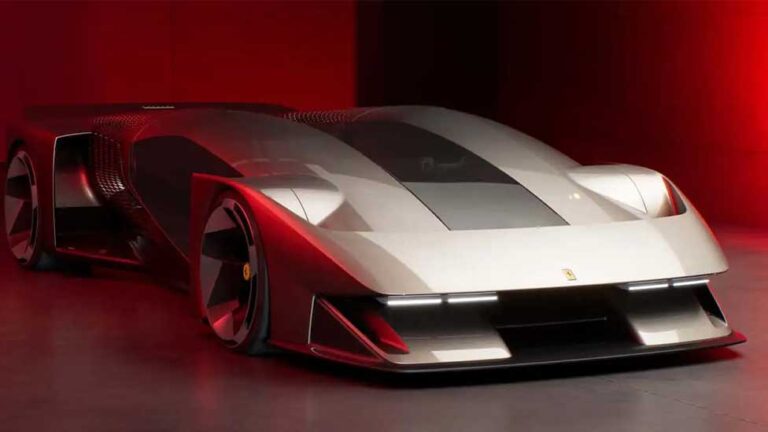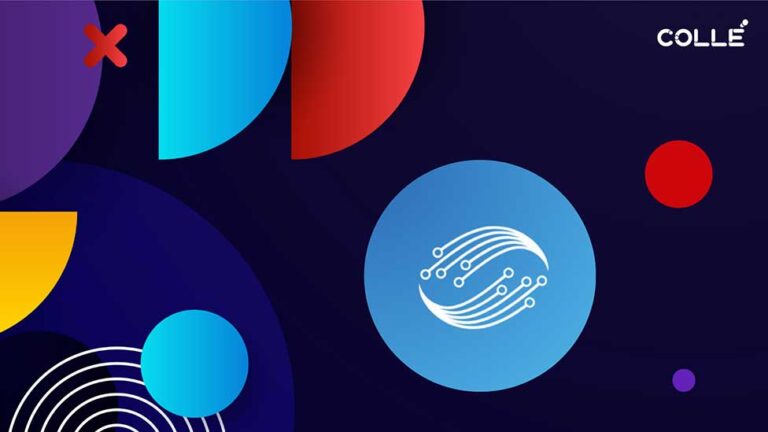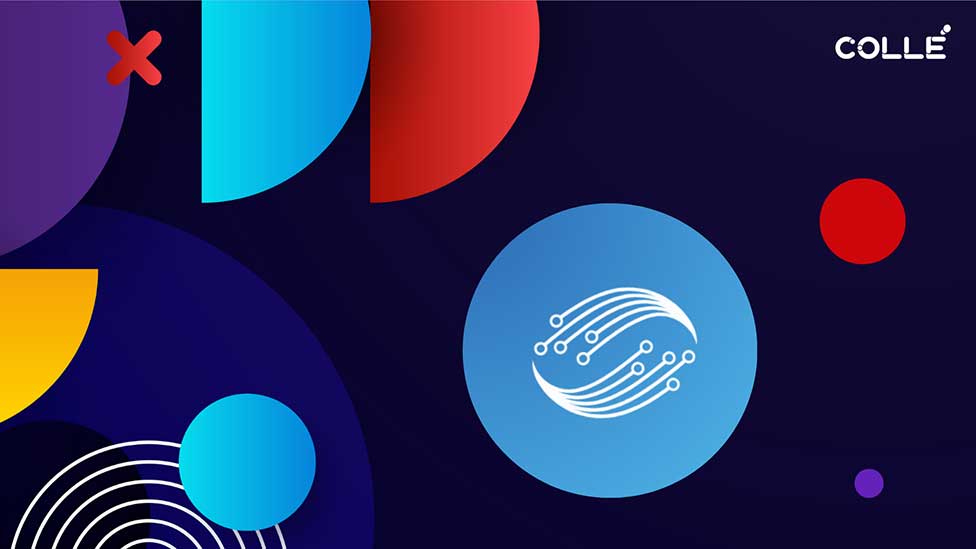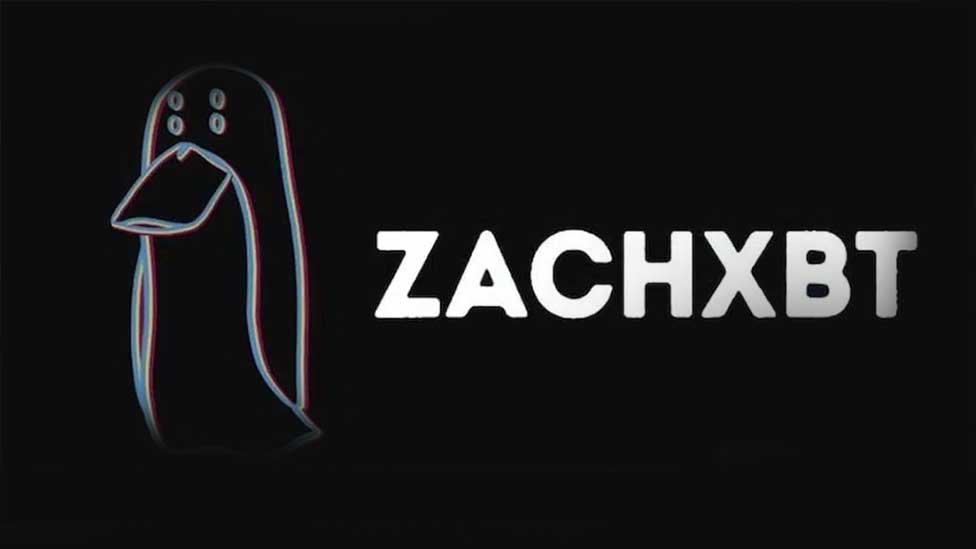Ferrari is once again pushing boundaries — but this time, not on the road. The Italian automaker has revealed the F76, a striking digital-only concept car that exists solely as a non-fungible token (NFT). Created exclusively for members of Ferrari’s private Hyperclub program, the F76 marks the company’s first official venture into the digital design world.
While Ferrari’s past few years have brought everything from a V12-powered SUV to whispers of an upcoming electric supercar, few expected Maranello to return to NFTs — a trend most believed had faded. Yet Ferrari’s latest creation suggests the brand is exploring new digital territory while hinting at how its next generation of cars might look.
A Car That Exists Only in Pixels
The F76 isn’t a physical prototype. Instead, it’s a virtual model designed as part of an exclusive experience for Ferrari’s top-tier clientele. Hyperclub members — a select circle of ultra-wealthy collectors — were invited to co-create digital concept cars over the past three years, knowing these designs would never see a production line.
Ferrari calls the F76 “the first car created exclusively for the digital world in the form of an NFT.” However, that claim isn’t entirely unique; Renault’s Alpine brand made a similar debut with the GTA Concept back in 2021. Regardless, Ferrari’s F76 stands out for its craftsmanship and the statement it makes about the brand’s evolving design identity.
A Glimpse Into Ferrari’s Future
Styled by the Ferrari Styling Centre under the direction of Flavio Manzoni, the F76 is described as a “design manifesto” — a bold preview of what Ferrari’s next-generation road cars could look like. Its sharp, geometric body, dual-cockpit layout, and retractable headlights combine futuristic innovation with nostalgic nods to Ferrari’s 1980s icons.
Ferrari says the F76 “prefigures the shapes of Ferraris of the future,” signaling a major stylistic evolution. Since the end of the Pininfarina era — with the final collaboration being the F12berlinetta in 2017 — Ferrari’s design language has steadily grown more experimental. The F76 takes that evolution to an extreme, blending hypermodern aerodynamics with emotional Italian form.
Though no physical version exists, the virtual car features two cockpits, each with its own steering wheel and pedals — a radical interpretation of Ferrari’s “driver-first” philosophy. The setup reflects the brand’s growing interest in blending performance with digital interactivity.
Combustion in a Digital World
Interestingly, Ferrari imagined the F76 as having a combustion engine, even though its form screams “electric supercar.” The triangular rear outlets conceal an exhaust tip, suggesting that even in a virtual realm, Ferrari isn’t ready to abandon the internal combustion engine entirely.
This design choice aligns with Ferrari’s public stance: the company has reaffirmed its long-term commitment to V6, V8, and V12 powertrains, even as it develops hybrid and electric models. In that sense, the F76’s virtual roar pays homage to Ferrari’s mechanical heritage — one that’s still deeply tied to sound, soul, and visceral performance.
A Digital Collector’s Dream
For Ferrari’s Hyperclub members, the F76 represents more than just art. Each NFT serves as a collectible digital asset, a private ticket into Ferrari’s vision of its future. While no details were shared about resale or blockchain integration, the move reinforces how luxury car brands are reimagining exclusivity in the age of digital ownership.
The project follows Ferrari’s earlier foray into digital creation — the Vision Gran Turismo, unveiled three years ago for Sony’s popular racing game. That concept, though virtual, could be driven within the gaming environment. The F76 takes that one step further, existing purely as an NFT with no interactive function — at least for now.
Honoring a Racing Legacy
Even its name carries history. The “76” in F76 celebrates 76 years since Ferrari’s first victory at the 24 Hours of Le Mans, when Luigi Chinetti and Lord Selsdon triumphed in the V12-powered 166 MM in 1949. The F76 thus bridges past and future — paying tribute to the company’s endurance racing roots while projecting its design language into the digital frontier.
A Polarizing Statement
Not everyone is thrilled by Ferrari’s NFT venture. Critics argue that launching an NFT in 2025 feels outdated, given how quickly the market cooled after its 2021 boom. Others see the F76 as a daring yet divisive statement — proof that Ferrari’s modern design language is moving far from the curves and elegance that once defined its classics.
Still, demand for Ferrari cars remains at record highs, and order books continue to overflow. For the brand’s most loyal patrons, the F76 may represent the next level of prestige: owning a Ferrari that no one can drive, touch, or even hear — but that still captures the company’s restless pursuit of innovation.
As Ferrari prepares for its first all-electric model in 2026, the F76 may be more than a digital novelty. It could be a preview of how the Prancing Horse intends to blend heritage, technology, and imagination in a rapidly changing world — proving that even in pixels, Ferrari’s passion for performance endures.

